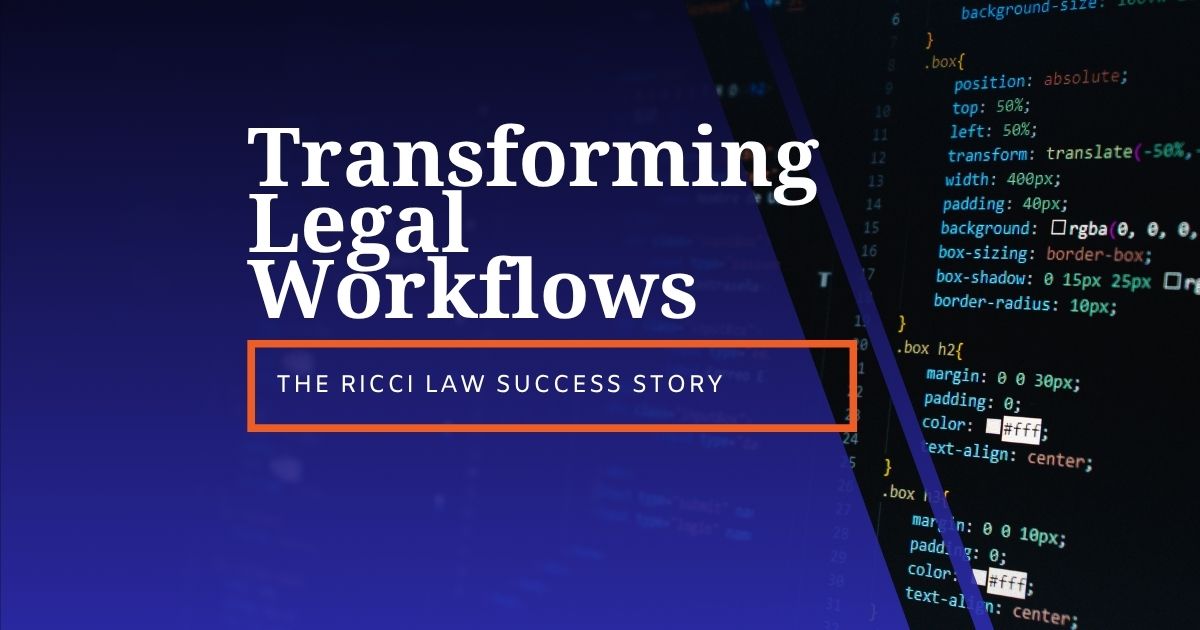Simplify Event Reassignment and Improve Calendar Usability

Introduction
A law firm specializing in Workers' Compensation and Personal Injury law had its workers’ compensation team using a standard Salesforce report on the event object and manually updating assigned attorneys on events, as well as related records. They leveraged a custom object designed to initiate flows for updating those records.
Mission
Previously, our client would have to click edit on each one of the assignee fields on every individual event record, remove the current assignee, then search for the new desired attorney and add the new reference to the field. This task was very repetitive and made the whole process more tedious.
Solution
We chose to create a custom table component that will allow neater data visualization. The table component would also handle the reassignment of related objects without utilizing the triggering object.
The table was designed in such a way that data from the event and related objects was grouped and filtered to allow the user to easily visualize dates on which the events are taking place, as well as understand whether the events are supposed to be reassigned based on values from related objects.
The table layout is fully customized, pertaining not only to the columns but also to the format of the data displayed. This helps the user make decisions more quickly and accurately.
Another feature that is helpful in the custom component is the possibility of adding conditional styling to cells, such as coloring a cell green if the related matter object is dormant. This can help the user easily distinguish between cases that need attention without having to scroll through the report and view field values.
Salesforce standard reports need to be edited to change filters for records displayed, but in the custom component, the filters are at the heading of the component, which is always visible. This allows users to filter records with fewer clicks. Using pagination also helps with readability by reducing the number of records displayed at any given time.
Results
Users no longer need to manually search for attorneys multiple times for each event; instead, the user selects multiple events and selects an attorney to assign to all the events and their related records. The process changed from clicking edit, removing the user reference, searching for a user, adding the reference, and saving, to selecting a checkbox next to multiple event records, searching for an attorney that should be assigned to selected events, and clicking a button which handles redistribution. The changes are immediately visible on records, and the user can continue reassigning events to different attorneys.
The client can turn a tedious and repetitive task into a much smoother experience. Using LWC, we can scale the component to have more functionality, as well as display more information that is useful for the client.
Ready to transform your Litify experience?
Other case studies
Transform What’s Possible With
Salesforce
Traction Rec
Litify
Salesforce
Unlock the full potential of your platforms and make the impossible a reality with ECHO Technology Solutions.






%201%20(1).svg)